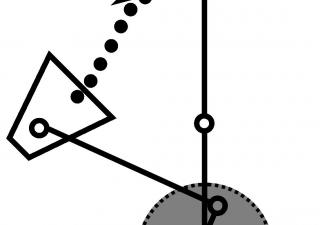Maintaining a neutral spine during complex movements is the single most important technique based skill there is.
First – some definitions:
Neutral spine is the position where the spine and pelvis are least likely to suffer damage, deformity and degeneration. Neutral spine is a good thing. The discs are loaded evenly, the facets are loaded evenly, and the body is at its strongest. It looks something like this:
Notice the natural curves of the spine. Points of note are the natural outwards curve of the upper back, the natural inwards curve of the lower back, the point where the spine attaches to the hips (the sacroiliac joint) and the angle of the pelvis.
Complex movements are anything using multiple muscle groups to coordinate a movement across multiple joints. Picking something up off the ground or standing up from a chair are examples of complex movements. Also know as, the squat and the deadlift.
The role of the stabilising muscles in the body is to resist movement (not create movement). Thus any exercise which uses these muscles to deviate from a neutral spine is less functional, and has reduced place. To reitterate, the role of the stabilisers is to maintain neutral spine regardless of what the rest of the body is doing.
At this point it’s important to understand the concept of lumbo-pelvic separation. As the name implies, this is where the lumbar spine (the lower back) and the pelvis separate from each other. Let’s first examine what should happen. Picture a rectangle around the head, spine and pelvis. Everything inside this rectangle should remain the same regardless of what the rest of the body is doing.

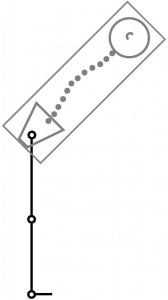
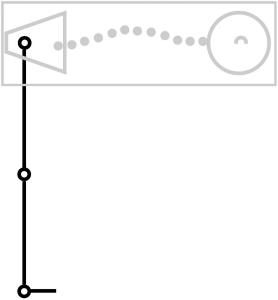
Notice that as the spine tilts forward, so does the pelvis. They are wed together as one single unit.
In the following pictures, the same back angles are achieved, though this time, the pelvis remains wed to the leg (femur) rather than the spine, showing the same movements wih a lumbo-pevic separation.

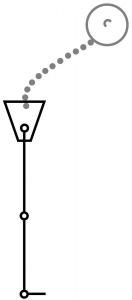
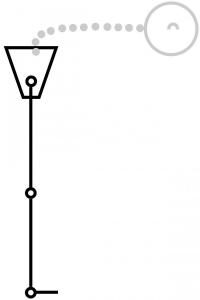
In general, picking something up (a deadlift based movement) and standing up (a squat based movement) encourage a posterior pelvic tilt (rounding the lower back), while pressing overhead causes an anterior pelvic tilt (increasing the curve of the lower back). The following pictures show three movements (deadlift, back squat and press), correctly executed (top) and incorrectly executed (bottom).
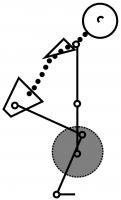
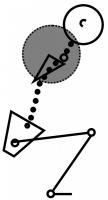
![]()
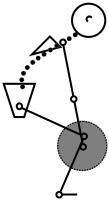
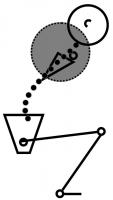
![]()
In the bottom pictures, the discs and facets of the lower back are being unevenly loaded. Damage, deformity and injury to the back are imminent. This injurious position can be avoided by strengthening the stabilising muscles that resist the unwanted movements and increasing the flexibility of the muscles that pull the body out of neutral spine.

